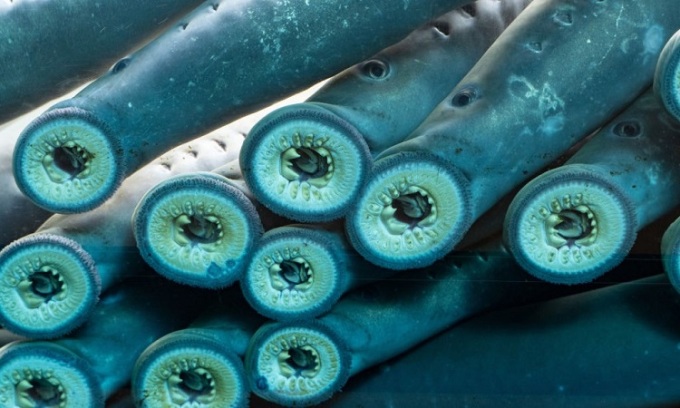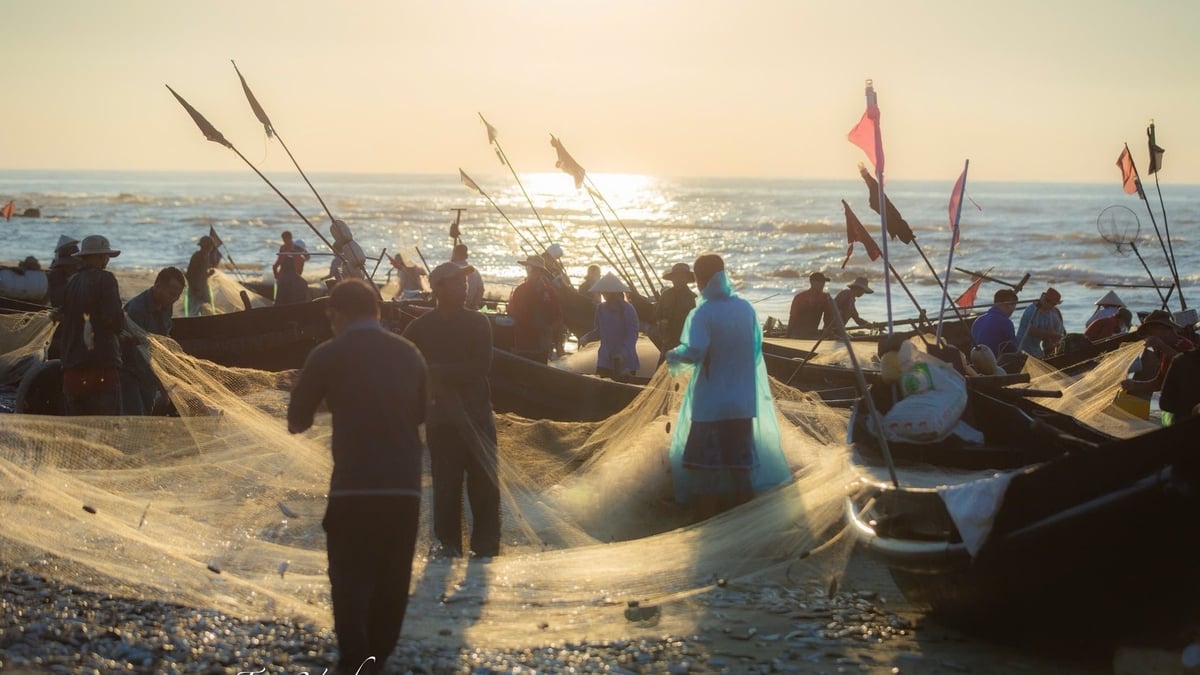Lampreys belong to the ancient fish group Agnatha that evolved 450 million years ago, before the dinosaurs appeared.

The structure of the lamprey's mouth helps it cling to its prey to suck blood. Photo: Marli Miller
Pacific lampreys ( Entosphenus tridentatus ) live in freshwater and marine ecosystems in the North Pacific , from California to Alaska, and throughout the Bering Sea to Russia and Japan. They feed on the blood and body fluids of other fish, including Pacific salmon, flounder, rockfish and Pacific cod, according to Live Science .
Lampreys are an ancient group of jawless fish that evolved more than 450 million years ago during the Cenozoic era. Ordovician (485 - 444 million years ago). There are about 40 species of lampreys still alive around the world. These eel-like creatures roamed streams long before the dinosaurs and even the trees. They survived at least four mass extinctions. Lampreys are boneless fish, their skeletons made entirely of cartilage. Instead of jaws, lampreys have a sucker-shaped mouth filled with teeth, which they use to latch onto prey and suck out blood and body fluids. According to scientists, they do not eat fresh meat.
Females lay up to 200,000 eggs in nests and incubate them in freshwater for about three to four weeks. After the larvae hatch, they burrow into the silt and remain buried there for up to a decade. They emerge as subadults and migrate downstream to the ocean to feed, only returning to freshwater a few years later to breed. Adult lampreys grow up to 84 cm long and can travel hundreds of kilometres inland in search of the perfect spawning and rearing grounds.
Pacific lampreys are a favorite prey of many birds, mammals and other fish due to their extremely fatty flesh, containing 3-5 times more calories than salmon of the same weight. Therefore, they play an important role in freshwater and ocean ecosystems.
An Khang (According to Live Science )
Source link



































































































Comment (0)